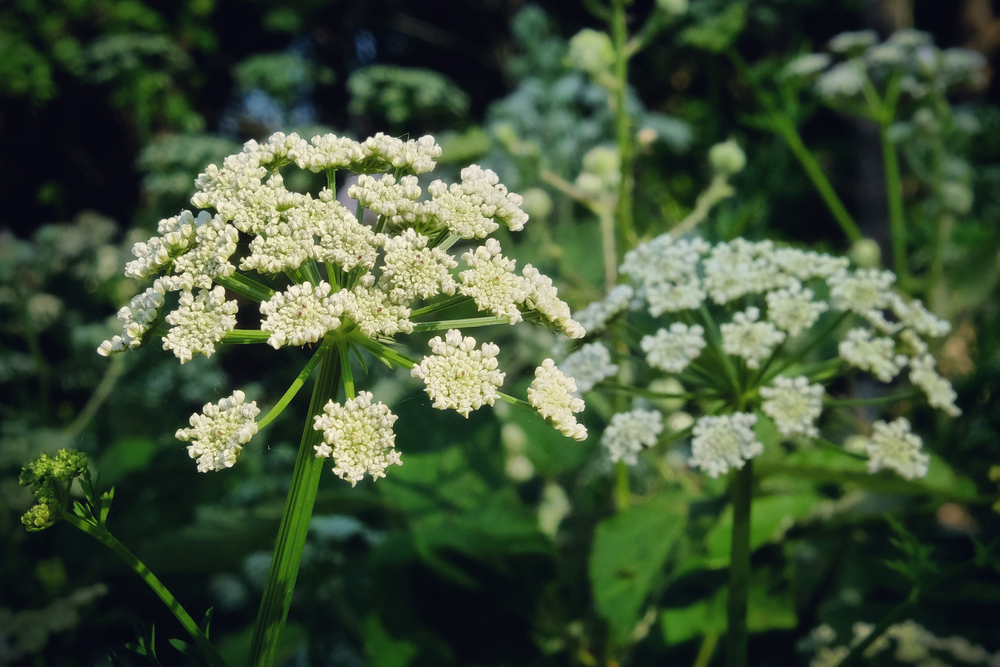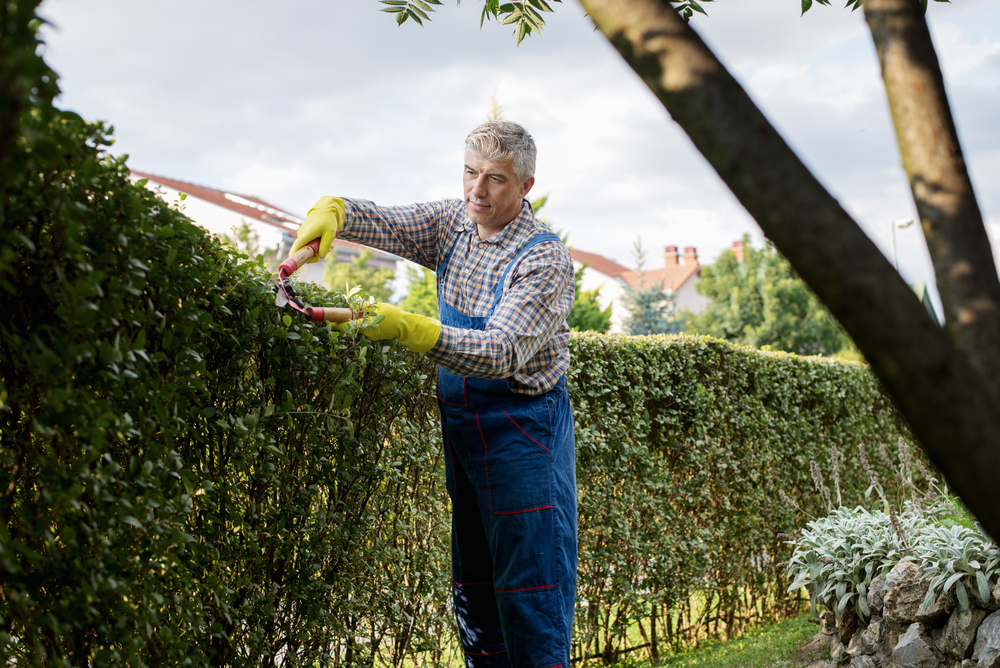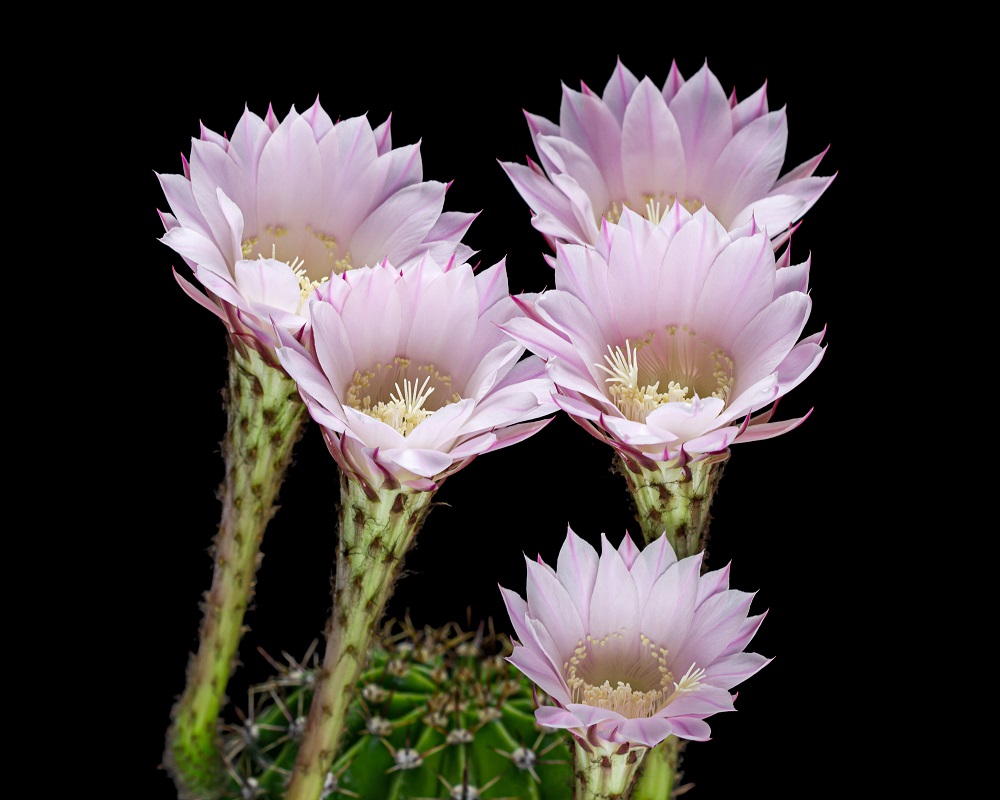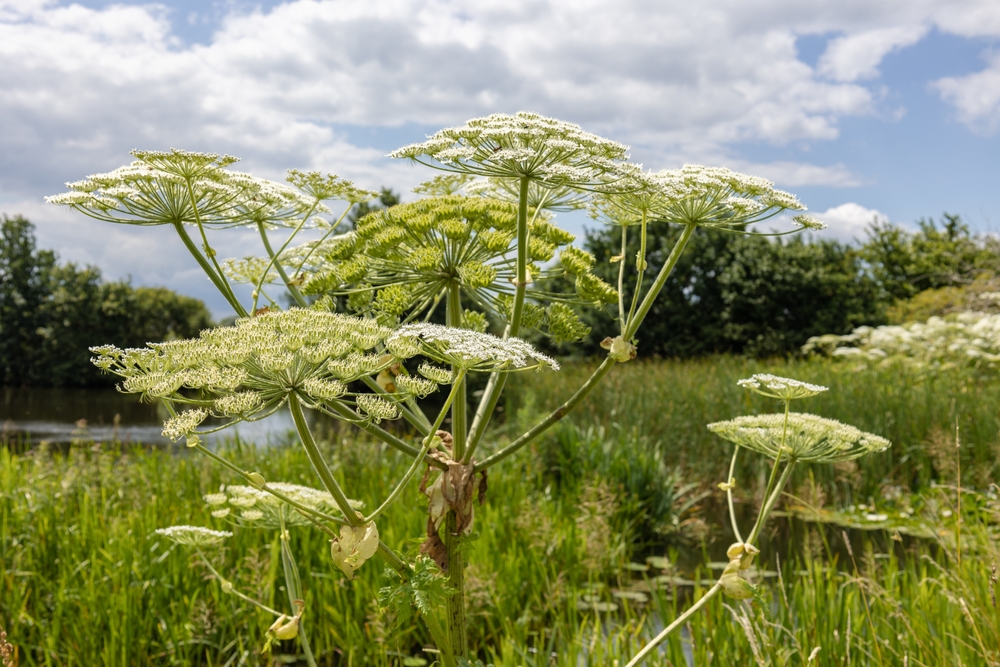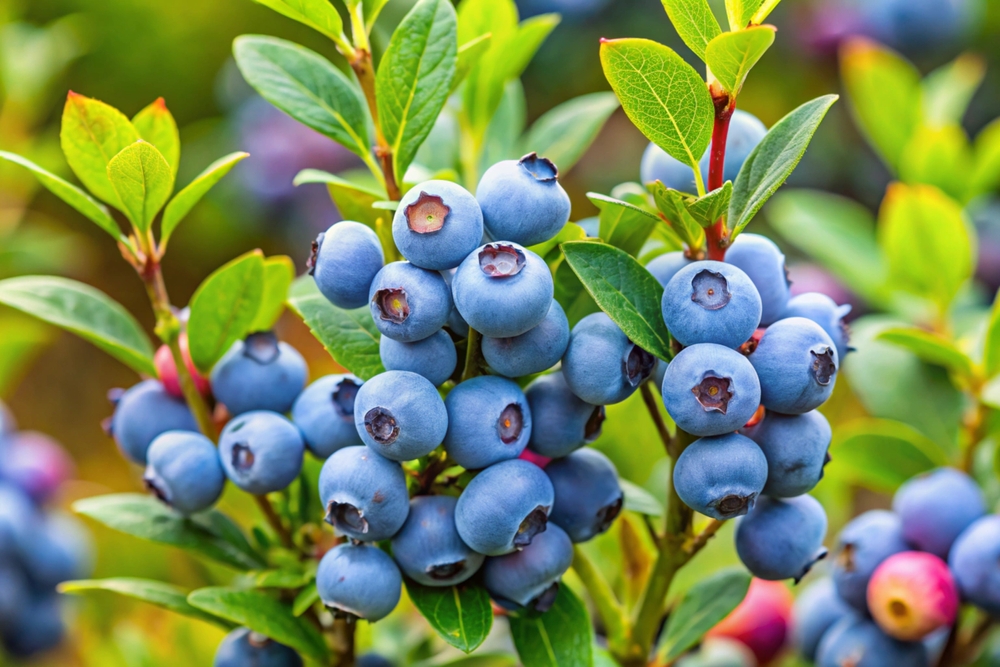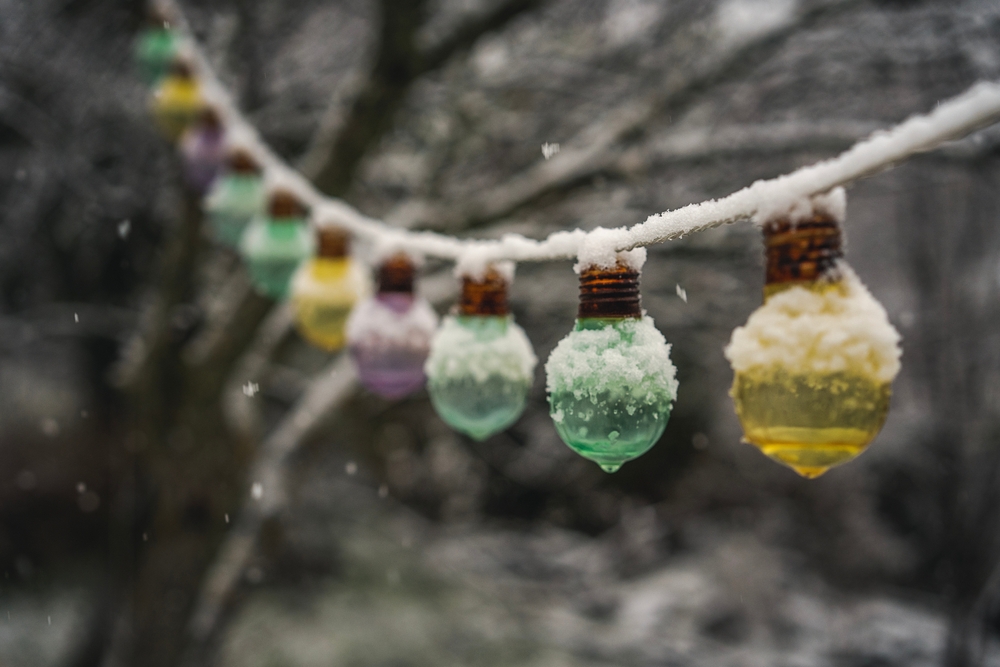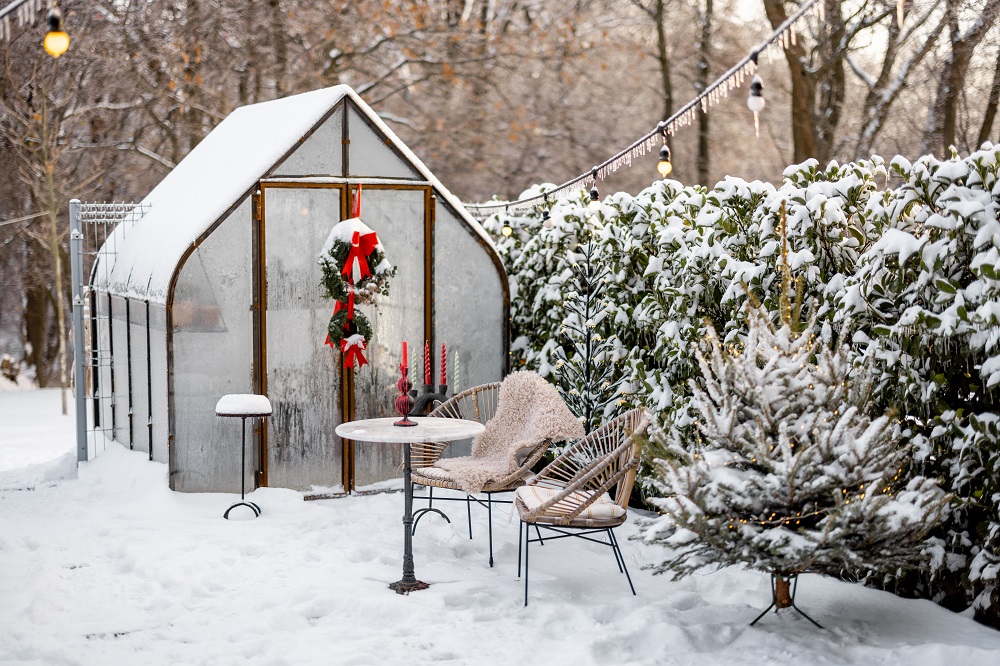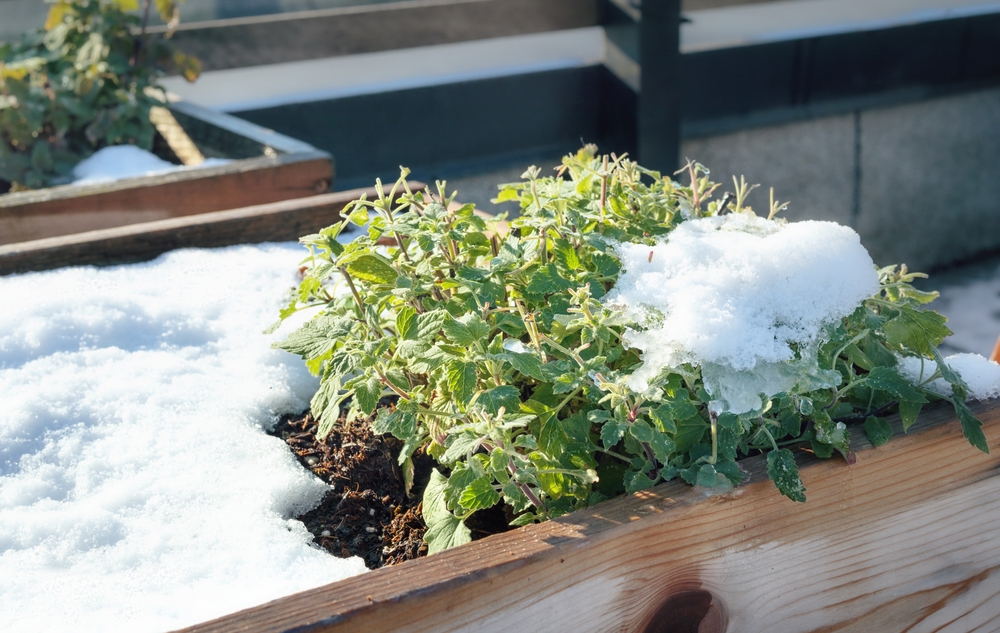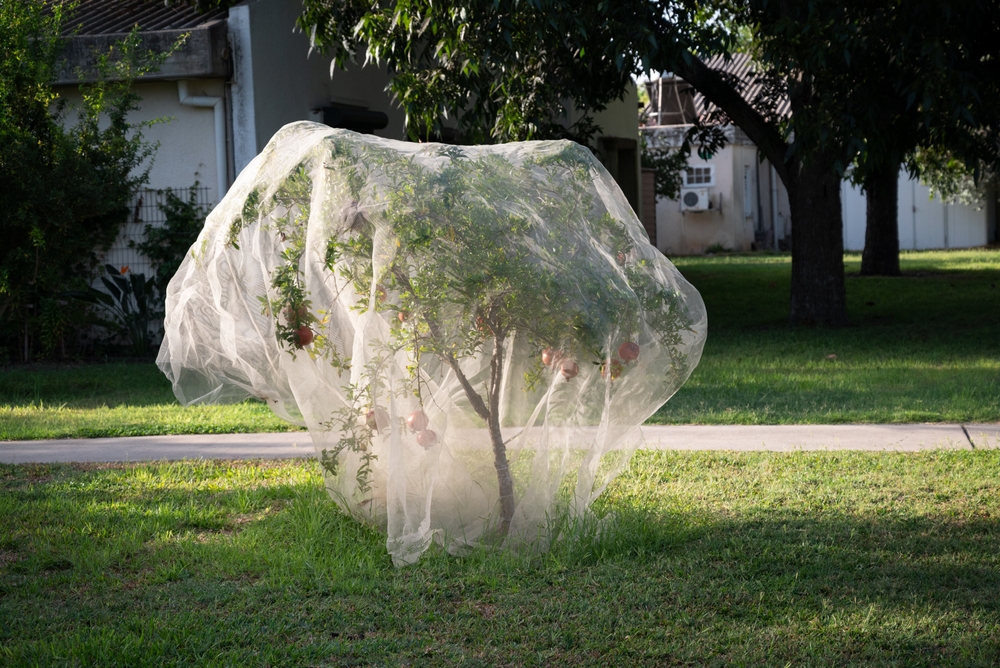These allergy-causing houseplants could be the reason for all your sneezing!
If you count yourself among the estimated 60 million Americans living with allergic rhinitis, a.k.a. “hay fever,” you probably try to do whatever you can to avoid the itchy eyes, sneezing, runny nose, headaches, and other pesky and disruptive symptoms the condition comes with.
And while you might be taking all the necessary precautions when you’re outside, you may be letting your guard down when when it comes to your indoor spaces, including when it comes to your plants. But having allergies doesn’t mean you can only buy fake foliage.
You just have to know what to avoid. So, on that note, here are 9 allergy-causing houseplants people with allergies should avoid.
Note: If your houseplants are making your allergies worse, remember that it isn’t always the plants themselves that are to blame. The dust-coated leaves or mold in the soil could be the culprit as well. Read to the end to learn more about that!
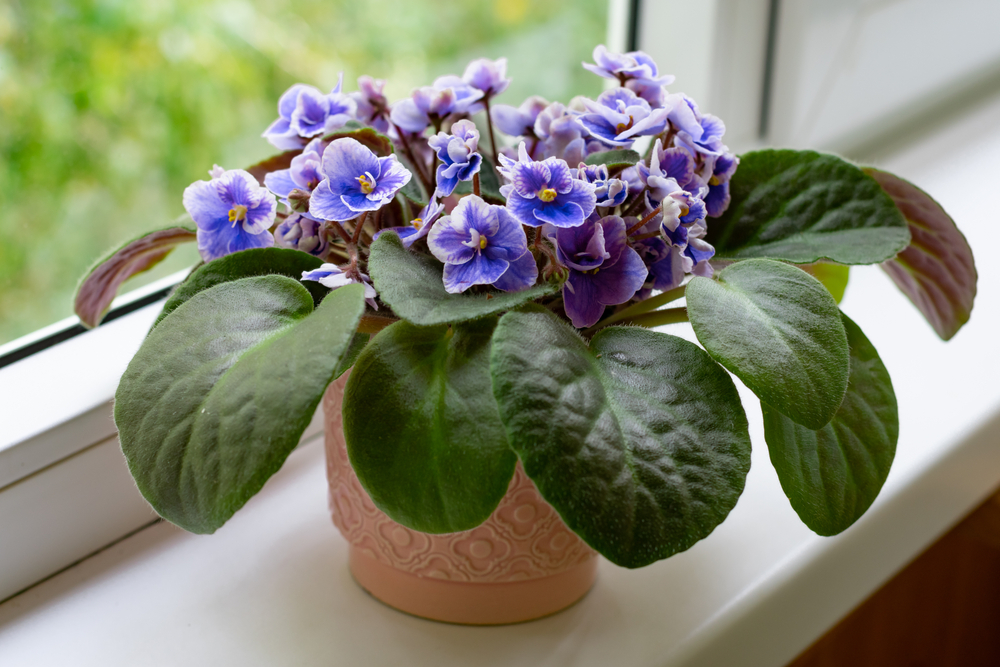
African Violets
These sweet allergy-causing houseplants may be lovely and petite, but they can pack a punch for those who suffer from allergies. Two of the main characteristics of an African violet are impressive flowers and fuzzy leaves. Both are causes of allergies.
The leaves grab onto dust particles, and the flowers contain pollen, making these small plants undesirable to allergy sufferers.
Chamomile
This versatile and beautiful plant has many benefits besides being a treat for our eyes. It’s also used as a calming agent and is usually consumed by being brewed in tea.
But, if you’re inherently prone to allergies, this plant variety can sadly exasperate your issues. This allergy-causing houseplant is related to an allergen known as the Ragweed. So, it’s one of the worst plants for allergies.
Ferns
If you have a spore allergy, then ferns are not exactly the ideal houseplant for you. This allergy-causing houseplant has an abundance of spores that can coat whatever is under it with a thick layer of fine “dust.”
When you’re allergic, and you breathe in those spores, you’ll likely show symptoms similar to your outdoor allergies.
Fern fronds can also lead to contact dermatitis, especially if you’re already prone to allergies or have sensitive skin and often experience flushing, eczema, or rashes.
We specifically recommend you steer clear of rabbit’s foot fern and holly fern, both of which have an abundance of spores when they’re mature.
Weeping fig
Anyone who suffers from asthma or any other kind of breathing allergies might want to stay away from weeping fig trees. They’re obviously stunning but can be especially harmful to allergy sufferers.
Why? Particles from the trunk, leaves, and sap can cause various symptoms and reactions, ranging from difficulty breathing and skin irritation.
Another thing to keep in mind is that prolonged exposure to this allergy-causing houseplant can even make those who aren’t generally allergic develop symptoms.
Oleander
The small Oleander is an enchanting variety of indoor plants that grow little pink flowers. This allergy-causing houseplant can, however, prove to be very hazardous for both you and your pets. In fact, eating even a small leaf can be poisonous.
Canadian research has shown that in the past, many people have lost their lives by simply using the stems of this plant as a natural alternative to skewers.
Directly touching the plant might cause skin infections, and ingesting any part of it can lead to seizures, coma, digestive disorders, and sometimes even death.
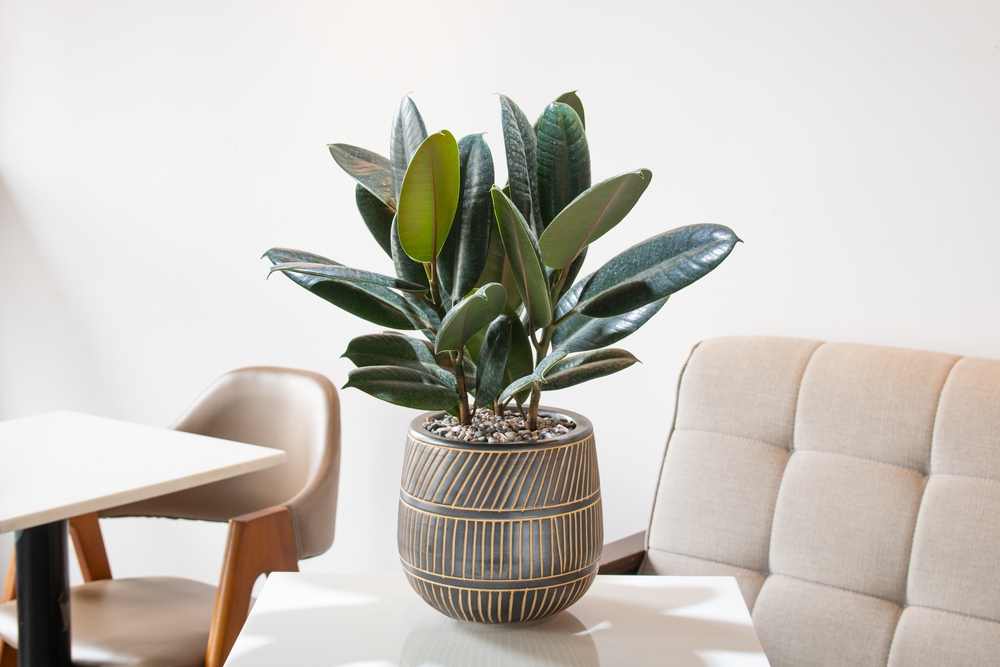
Rubber trees
Adored for their dark, shiny leaves and effortless temperament, rubber trees are an overall popular houseplant. But they might not be the best choice for those who have to deal with allergies.
They produce a milky white substance called latex, which is a huge source of natural rubber.
When pruning this allergy-causing houseplant, beware of getting the sap anywhere on your skin, especially if you have an allergic reaction to latex. It can cause hives, skin irritation, and difficulty breathing.
Chrysanthemums
People who always sneeze when around chrysanthemums should remember that the plant is in the same family as the ragweed.
So, its pollen and other allergens on the leaves and flowers can cause some of the hay fever symptoms that are often linked to its more raggedy cousin.
Another thing to consider is that the foliage of this allergy-causing houseplant might raise rashes on the skin of people who frequently handle the plant. So we can clearly say that, for some gardeners, mum is definitely NOT the word!
Hyacinth
The beautiful flowers of this bright, multi-colored blossoming plant are a great temptation when you see them in stores and nurseries. They’re so fragrant, yet that could sometimes be the root issue.
So, we highly recommend being cautious when deciding to bring them into your home since it’s a closed environment. Even though the pollen levels of the Hyacinths are fairly low, the strong fragrance of the flowers can be a huge problem for those who are prone to allergies.
Also, the Hyacinth bulbs can cause inflammation and itching in the skin. The oxalic acid found in this allergy-causing houseplant makes them poisonous too. That’s why it’s important to wear gloves while handling the Hyacinths.
Palms
Palm plants are well-known for their beautiful presence and are very commonly seen in most gardens, whether placed indoors or out. But the sad fact about the Palm is that the male version of this plant can create issues for those who are allergic to pollen.
So, when buying this allergy-causing houseplant, it’s important that you pick a female variety, especially if you’re planning to find a place for it indoors. We should also mention that the Areca Palm is one of the worst indoor plants for those who suffer from allergies.
Why? Well, the Areca Palm is well-known to breed allergy-causing pests such as spider mites. These wild bugs are almost impossible to get rid of and eventually eat away at all the plant leaves.
That’s not all, though! These mites also tend to attack pets and humans and leave behind itchy red marks that can look like a skin rash.
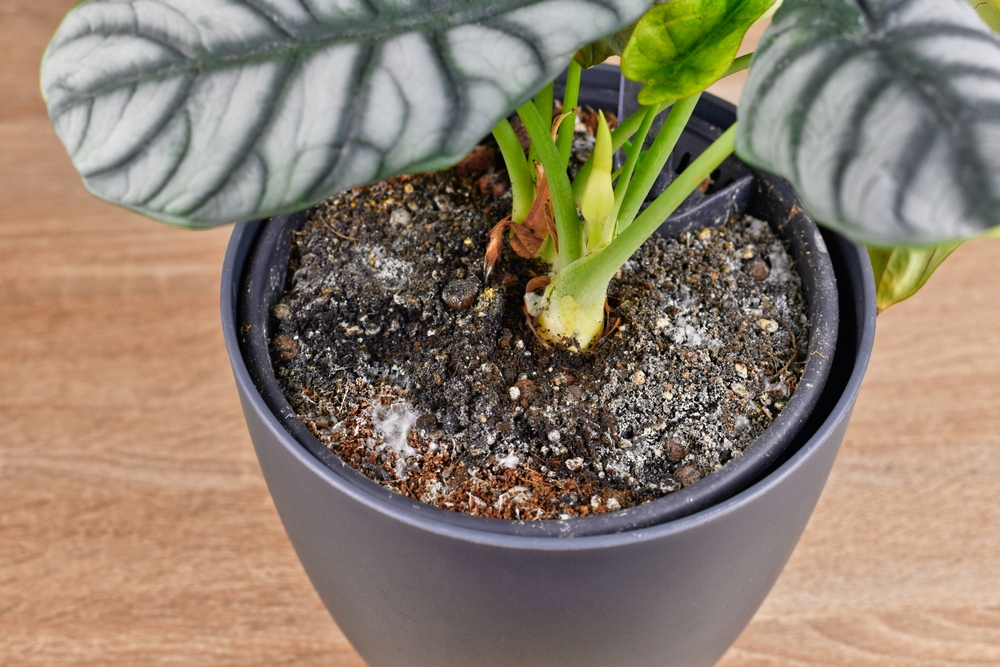
Dust and mold allergies
Sometimes, your houseplants may seem to be the reason for your dust and mold allergies. Though in many cases, it’s not necessarily the plant itself but how you’re caring for it that’s transforming it into an allergy-causing houseplant.
For instance, like everything else in your indoor spaces, houseplants can build up dust over time. So be sure to dust them off on a regular basis. Every once in a while, you can even use a damp cloth to give them a thorough cleanse.
This is especially essential if your plant has fuzzy leaves, such as the African violet, which easily traps and collects dust. Likewise, if a plant’s pot doesn’t provide sufficient drainage, it might result in moldy soil and root rot, triggering symptoms in those with mold allergies.
All in all, besides choosing the right kind of plants, it’s also equally important to make sure you’re caring for them properly, especially if you suffer from allergies.
Do you suffer from allergies? If so, have any of these allergy-causing houseplants bothered you? Please feel free to share your thoughts with us and our readers in the comments section below.
And if you found this article helpful, be sure to also read about the 27 Best Air-Purifying Plants, According to NASA

